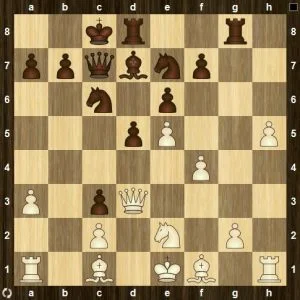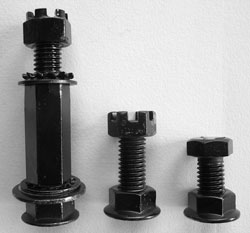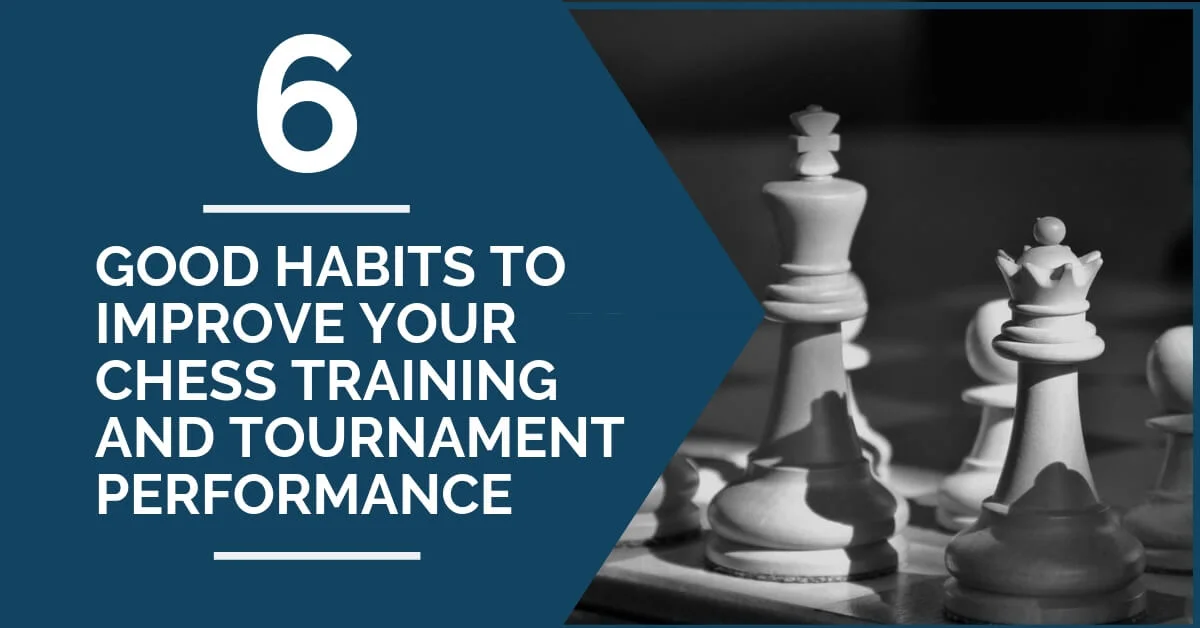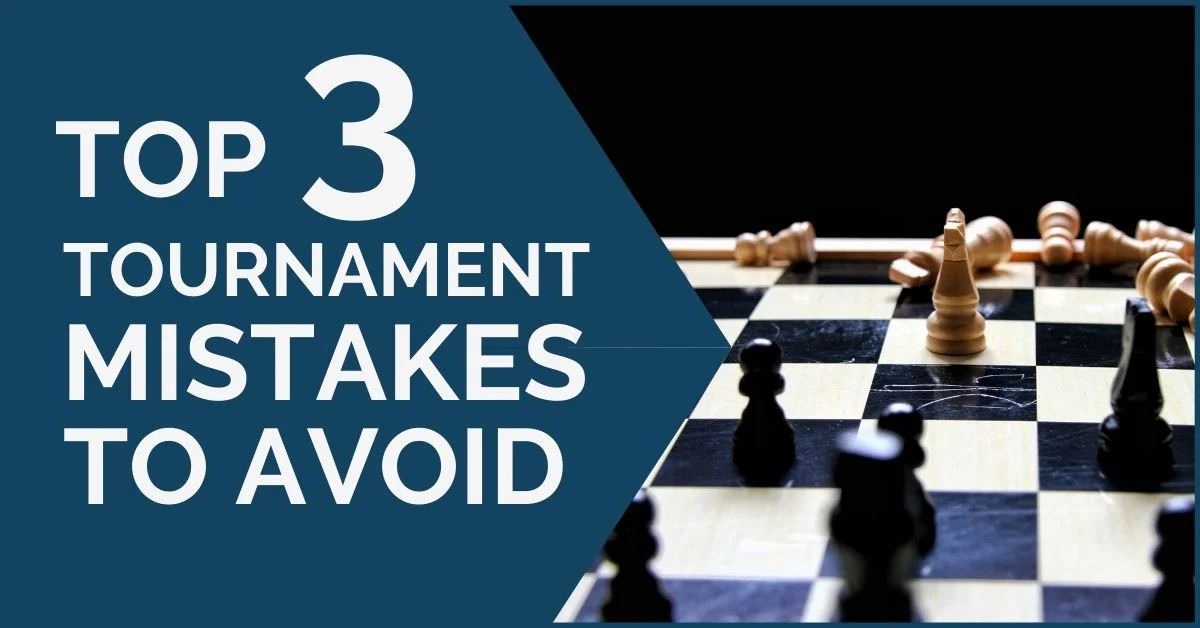5 Things for Becoming a Better Chess Player without a Coach
It’s hard to imagine that it’s possible to become a master without a coach. But before I share a few tips and ideas how to work on chess by yourself, I should definitely say that if you have an option to hire a coach, you should do this. Working together with a good coach will benefit you the most. A good coach can help you to improve certain aspects of your play which you can hardly spot by yourself. However, in this article, I want to tell you how to train most effectively on your own.
The first and the basic tip is that before you get started, you should ask a stronger chess player (at least 200 points higher) to analyze some of your games and tell what your weak and strong points are.
The reason why it’s important is that you need to develop your own training program. For example, you are good at tactics, but always get an inferior position after first 10 moves. What should you do in this case? Of course, spend more time learning openings, but it doesn’t mean that you should stop working on tactics.
After you specified your own training plan, your next task is following it. Let me describe what to do and how to work on every aspect of your play.
There are 5 aspects that players usually have to work on to improve!
1. The Openings
Let’s start with the openings. Knowledge of the openings is very important when you are over 1800 Elo. I highly recommend that you work on openings with a coach.
However, I have something to advise if you are going to train yourself. First, if you are learning a new opening, you should decide whether it’s suitable for you or not. For example, if you are good at positional play, I recommend that you play closed or semi-closed positions.
If you are a tactical player, you should play open (or semi-open) positions and choose openings where every move contains a concrete threat like Sicilian or French defense. For example, look at this position on the diagram. I like to play this position for both sides because I’m good at calculating variations.
1. e4 e6 2. d4 d5 3. Nc3 Bb4 4. e5 c5 5. a3 Bxc3+ 6. bxc3 Qc7 7. Qg4 Ne7 8.Qxg7 Rg8 9. Qxh7 cxd4 10. Ne2 dxc3 11. f4 Nbc6 12. h4 Bd7 13. h5 O-O-O 14. Qd3

White is slightly better here, he has a clear plan – to advance the h-pawn, but his pieces are undeveloped and black can use it.
I recommend learning openings starting with books [or videos] by Masters and Grandmasters, the main point is that it should be recent [ a current year or a year before]. For example, currently, I am learning Nimzo-Indian Defense with 2017 edition of the book.
Your task is not only to learn all the lines but to understand all types of the positions you get in this opening. It takes more time if you study it independently.
Then you should practice – play many blitz and rapid games. It will help you not only to understand the position better, but also to check what the most popular lines are. After that, you should find the most recent games in the database and analyze them in all details. This is how you can work on the openings but bear in mind that the openings always need a lot of attention and practice.
2. Tactics
Speaking about tactics, I can tell you about 2 different methods to improve your calculating skills. In this area, your task is to solve at least 50 puzzles per week.
If you can’t solve that many regular difficulty puzzles every week, try the simpler ones. A large number of tactics is a key to success.
You should solve challenging puzzles as well.
And if you have already spent about 30 minutes, but still didn’t identify the solution, check the answers and analyze the puzzle. By the way, for master level players I recommend solving puzzles from ”Perfect Your Chess” by A.Volokitin and V.Grabinsky. After you study this book, you will be playing at least 100 points stronger.
There is another way to improve your tactical skills. You can find a lot of puzzles on the Internet and solve them online. In this exercise, your job is to recognize a tactical pattern and then calculate few moves ahead to solve the puzzle. You should spend less than 1 minute on those.
If the puzzle is unsolved, just check the solution and remember the key ideas. Next time when you encounter a position like that, it will be much easier for you to find the solution.
Try to memorize at least 4 new tactical patterns a day.
3. Positional Chess
The most difficult in the process of self-learning chess is the strategy or how to improve your positional play.
What is the major difference between a weak player and a strong player?
A weak player analyzes every possible move, but a strong player has many different positions [chess patterns] in his mind from grandmasters’ games and using this knowledge he chooses the best move and the best plan.
It is also important to know how to evaluate the position, which pieces to trade and how to deal with a certain pawn structure. There are a lot of classical books you can read on this topic. I’m sure it’s helpful, but there is also one trick that can help you to become a better at positional play and saves your time.
You should work only on positions you typically get from the opening. For example, you play Nimzo-Indian Defense as black, you may ask following questions:
- What is vitally important there?
- What pawn structure are you going to get?
- When to trade your bishop on b4?
- What other pieces to trade?
To learn all these plans you should analyze grandmasters’ games: at least 20-30 games played on this variation. Pay more attention to every move.
Ask questions.
- Why did black play this way?
- What was his plan?
- Is there anything specific?
4. Endgame
As for the endgames, I prefer keeping my queen on the board, but sometimes you have to play a symmetrical endgame position. In this case, the only way you can train this aspect is to read classical books or watch video courses.
Besides the basic principles, you will learn some theoretical positions that you should know and aim for. For example, if you play a rook endgame, it’s Lucena and Philidor positions. If you have good calculating skills, it also helps in the endgame.
5. Game Analysis
And the last point in our list is your game analysis. Every time when you played a game (even if it’s online blitz game), analyze it with the computer, check all your mistakes and think why you decided to make this bad move. It will help you not to repeat your mistakes many times.
I hope you will follow my advice and your FIDE rating will increase in mo time!
Ready to start winning games? Check out our store and articles:










Comments: